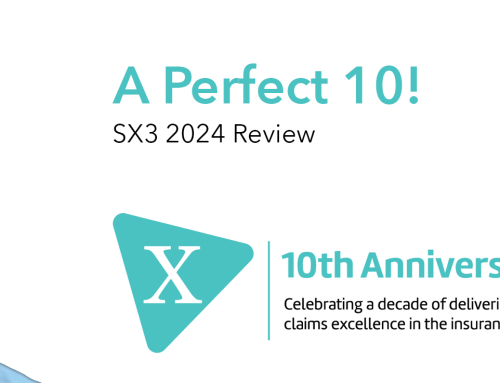Driving Motor Claims Performance Through Subrogated Recovery & Closure Insight
Client Challenge:
A motor insurer sought to assess the quality of settled claims handled by an outsourced claims partner. Specifically, the audit aimed to identify any missed recovery opportunities and quantify the cost of those missed opportunities. With a focus on settled own damage (AD) claims involving an at fault third party, the objective was to ensure closure protocols were being followed and opportunities for recovery had not been overlooked.
Our Approach:
SX3 conducted an in-depth file audit using a structured methodology tailored to the client’s requirements:
Targeted File Selection:We reviewed a sample of AD claims closed in the last 6-9 months, where no recovery had been made despite third-party fault. The cohort was designed to identify the most likely cases for missed recoveries.
Remote Audit Execution: Our auditors accessed the claims management system directly, conducting a comprehensive review of claim activity, recovery pursuit, and file closure rationale e.g. whether the decision to abandon a recovery was accurate.
Performance Benchmarking: We developed a streamlined version of SX3’s audit framework for this engagement, enabling a focused deep dive into recovery and closure. This tailored approach delivered greater audit efficiency, while still enabling our market benchmarking.
Daily Collaboration: Findings were shared with the claims partner each day during the audit process, ensuring clarity, accountability, and opportunity for immediate feedback.
Findings:
The audit uncovered both strengths and improvement areas across recovery and closure handling:
File Closure Accuracy: 88% of files were found to be closed in line with the claims partner’s closure rules. Of the files closed not in line with the rules, common failures were either a recovery attempt was not pursued or was abandoned without documented rationale or clear justification.
Recovery Accuracy: 84.6% of files demonstrated appropriate recovery activity. In the remainder, missed opportunities were often linked to inaction, poor follow-through, or insufficient review of historical file notes.
Claim Leakage: The leakage rate identified was 9.92%, across both soft and hard leakage. Key contributors included:
- Delayed action resulting in loss of evidence (e.g. CCTV wiped/lost)
- Supplier decisions not being challenged
- Gaps in documentation when abandoning recovery efforts
Solution Delivered
Report and recommendations were delivered within 2 weeks of completing the fieldwork, and included:
- Case-by-case analysis of identified leakage
- Quantification of missed recoveries
- Root cause assessment and recommendations which included:
- Missed or unrecorded system actions and diary notes
- Lack of review of historical file notes
- Unclear abandonment and closure sign-off processes
- Closures without appropriate explanation or rationale
- Dormant files closed in bulk
- Resourcing constraints impacting claims progression
- Handler inexperience in recognising or pursuing recovery
- Benchmarking insights against market standards
As part of the audit service, we ensured the findings were agreed and accepted by the outsourced claims partner, securing their buy-in to the recommendations. They committed to proactive internal review and process improvement in light of our findings.
Results:
The new approach delivered measurable improvements:
- Tangible Insight: The audit highlighted improvement areas in recovery pursuit and closure discipline that, when addressed, could reduce leakage and support better cost outcomes.
- Process Alignment: The claims partner acknowledged the findings and committed to implementing new documentation standards and internal protocols.
- Collaborative Improvement: The outcome supports further collaboration between insurer and handler to continuously improve recovery outcomes and operational governance.
- Recoveries: Claims re-opened and recommended recovery practises implemented – leading to six-figure (and counting) saving on indemnity spend.
Conclusion
This audit illustrates the value of independent insight in driving claims performance. By targeting a specific cohort where missed recoveries were most likely, SX3 helped the insurer and their partner identify tangible opportunities to reduce leakage, strengthen closure discipline, and improve recovery practices. The outcome underlines the importance of robust independent file quality assurance and demonstrates how a collaborative auditing approach can support better commercial and customer outcomes alike.






